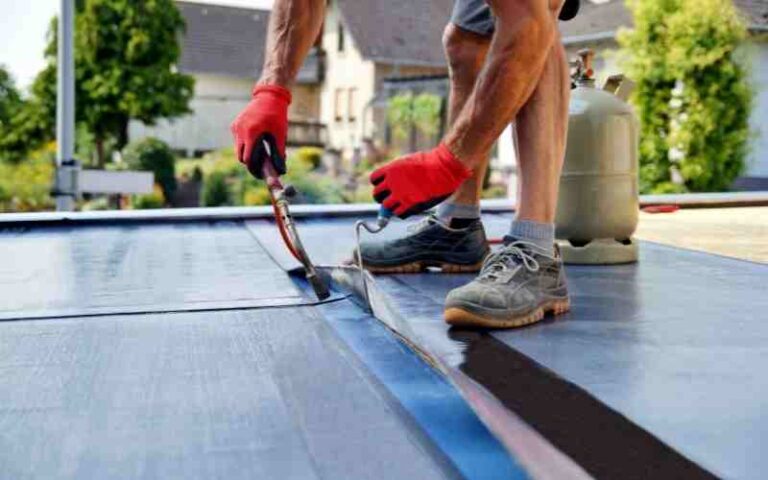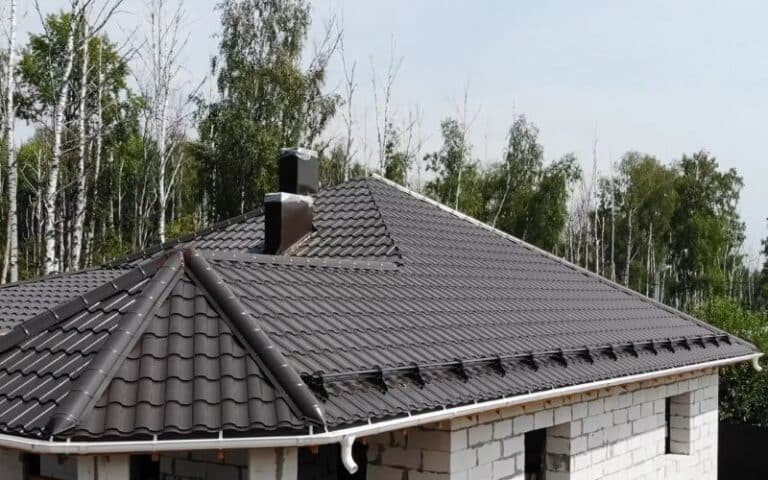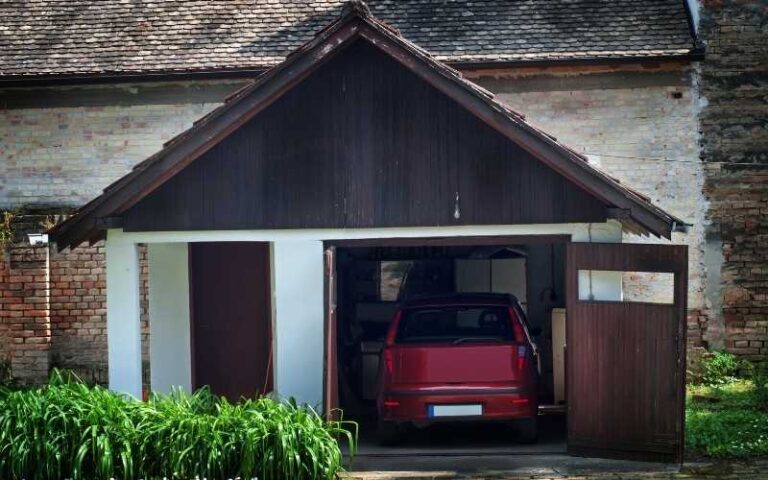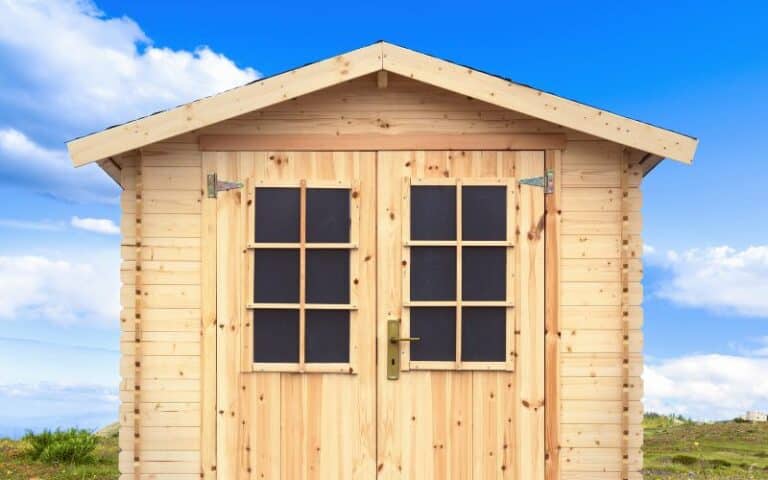What images does your mind project when you hear the word porous? Porous simply means capable of being penetrated.
Therefore, the topic reads, “Does roofing-felt become penetrable?” For a vivid explanation of what roofing-felt is, it is a part of the roofing system that allows your family to have shelter.
Roofing felt is a protective measure that prevents water penetration through the roof deck and other elements.
Roofing-felt becomes porous when it has aged, which results in surface cracking and a ragged and unusual look. Usually, a roof felt should last for as long as 20 years to 30 years, and if it meets the expectation, such roofing felt underlayment did last long.
Ready for a Roofing Quiz?
Can Roofing Felt Become Porous?
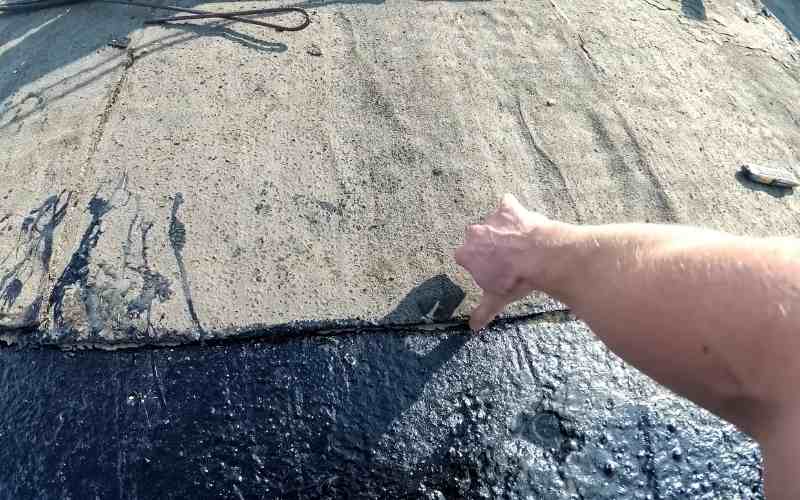
Just as with every other thing that exists, there is an expiration date for roof felt, a time when it stops working correctly and finally collapses.
That is the same situation as the roof felt, and the roofing-felt becomes vulnerable when it is old.
Under the circumstances such as excessive downpour and scorching sun blaze, the roofing-felt becomes cracked, uneven, and bad-looking.
Nonetheless, I will proceed with questions that will help you understand better.
What is the Lifespan of a Roof Felt?
In extreme conditions, the lifespan of a roof felt can be shortened. For example, felt that Asphalt has a lifespan of about 20 years to 30 years.
Meanwhile, some newly made synthetic Asphalt tends to last longer than the usual Asphalt felt.
However, the roofing felt depends on the manufacturer and how he produced it. But its minimum number of years is ten years.
What Happens if the Roofing-felt Gets Wet?
Due to the water repellent property of the roof felt, it acts stronger and more like a shield than a sponge when it becomes wet.
After much water absorption, the damp roofing felt then repels water giving the roof safety.
However, when the subsurface gets wet, it becomes a problem for the felt flat roof and the roof at large. To that effect, the surface beneath starts decaying and rotting.
Can the Roof-felt Be Repaired If Damaged?
Absolutely! If it becomes porous, you can repair the felt roof, and one easiest and most cost-effective solution is “patching.” Patching is also a time-saving method that still profers a solution if properly administered.
For an effective patching method, the first step has to be cutting off the spoilt or ruined area. But note, it is essential to discuss with a specialist for direction.
Can Water Penetrate The Shed Felt?
Water can quickly get through a shed-felt if it is porous, torn, and allowed to remain in such a dissipated state, which will cause damage to your shed and anything left inside it.
Fortunately, the patching system is a quick and easy way of repairing your roof felt with just a few handy tools.
Is Roof-felt A Bad Idea?
Considering the cost of roofing, felt underlayment is something vital. However, it is not a bad idea but a good one.
Replacing a small section could be worth around $270, while a complete unit could cost as much as $6,300. But, of course, the type of roofing felt will determine the price.
Can You Walk On Roofing-Felt?
It is possible but not good to walk on waterproof roofing Felt as it could cause danger to yourself and damage the roof felt.
Meanwhile, walking on a flat roof-felt is more manageable than walking on a pitched Felt.
However, it is preferable to walk on a felt flat roof on a warm day, and most advisable to place a board along it to walk on.
What is the Roof Felt Made of?
Roofing felt underlayment is made of natural materials (for example, cellulose) or synthetic ones (for example, fiberglass), saturated with a protective coating called bitumen.
This water repellent makes it waterproof roofing felt but still gives the product a breathing space.
Felt is underlayment, and at one point or the other, underlayment was Felt.
However, now, there is the availability of synthetic underlayment choices.
#1. Is the Roofing Felt Underlayment Waterproof?
Roofing-felt is waterproof. And its strong point is its ability to shed water, and it gives the roofing system a protective measure that makes it one prerequisite property that you cannot do away with.
So what other conviction do you need of its importance?
#2. Why use roofing Felt paper?
I cannot overemphasize the importance of roof felt, seeing that it has been included in the roofing and waterproof recommendation of the National Roofing Contractors Association (NRCA) and the Canadian Asphalt Shingle Manufacturers Association (CASMA).
Final Thoughts
Roofing-Felt becomes porous if exposed to rot and decay due to excessive downpour, to mention a few. It will worsen if it is left in such lousy condition without care to repair it or replace it.
However, surfaces of Felt cannot just crack and become uneven if it is a new one because it takes a minimum of 10 years for a Felt to start experiencing challenges.


